Limite Blu-ray Movie
HomeLimite Blu-ray Movie 
Blu-ray + DVDCriterion | 1931 | 118 min | Not rated | No Release Date
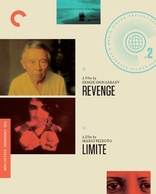
Price
Movie rating
6 | / 10 |
Blu-ray rating
| Users | 0.0 | |
| Reviewer | 4.0 | |
| Overall | 4.0 |
Overview
Limite (1931)
Three people sail aimlessly while remembering their past.
Director: Mario Peixoto| Foreign | Uncertain |
| Drama | Uncertain |
| Romance | Uncertain |
Specifications
Video
Video codec: MPEG-4 AVC
Video resolution: 1080p
Aspect ratio: 1.33:1
Original aspect ratio: 1.37:1
Audio
Music: LPCM 2.0 Mono
Subtitles
None
Discs
Blu-ray Disc
Two-disc set (1 BD, 1 DVD)
DVD copy
Playback
Region A (locked)
Review
Rating summary
| Movie | 4.0 | |
| Video | 3.0 | |
| Audio | 3.5 | |
| Extras | 0.0 | |
| Overall | 4.0 |
Limite Blu-ray Movie Review
Reviewed by Jeffrey Kauffman November 17, 2020 Note: This film is available as part of Martin Scorsese's World Cinema Project, No. 2.
Martin Scorsese has been curating the World Cinema Project for well over a decade, and the result has been a veritable cornucopia of
international films that in some cases Scorsese’s efforts have helped save from the ravages of time (and vinegar syndrome). As of the writing of this
review, the World Cinema Project is closing in on fifty restorations that they’ve undertaken, allowing fans to view films that, as even Scorsese himself
states in some of the introductions included in this set, have been woefully underappreciated and rarely seen. This second volume of films aggregates
six interesting
offerings that have at least some subtextual cross connections at times, but which serve as yet another example of what an incredible job the World
Cinema Project does in bringing films of undeniable merit to a wider audience.
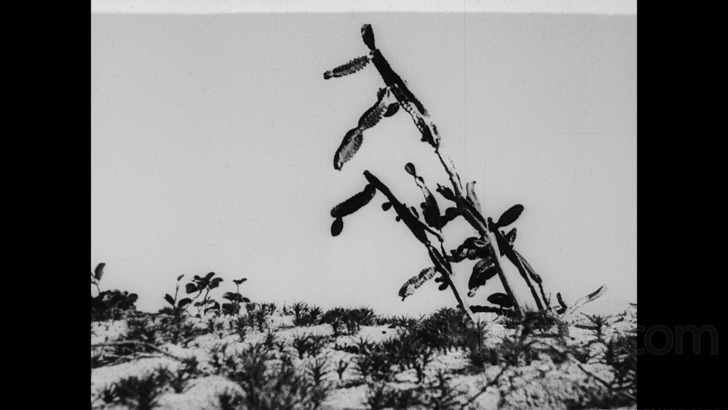
Limite might be thought of as analagous to Dos Monjes from Martin Scorsese's World Cinema Project, No. 3 in that both films are from the 1930s and both have a stylistic audacity that really needs to be seen to be fully appreciated. Limite has regularly topped (at least South American) lists of "cult films", and its additional status as a badly endangered film with less than optimal surviving elements made this a probably "easy" choice for the World Cinema Project's restoration efforts.
Limite is a weirdly hallucinogenic, at times intentionally disjunctive, tale about three people lost at sea in a little rowboat. The film seeks to explore their stories through cutaways to flashbacks, but also to more purely abstract imagery that is often rather arresting even if its meaning can't be easily deciphered. The story of filmmaker Mário Peixoto and this production is virtually as engrossing as the film itself, and if Peixote rather famously never made another feature film after Limite, this entry and its creator in its own way loom as large in Brazil's film history as Orson Welles and Citizen Kane do in the United States. In that regard, it's rather fascinating to read in some supporting essays that Brazil's great poet laureate Vinicius de Moraes evidently arranged for a private screening of Limite expressly for Welles when Welles was in Brazil shooting scenes for what would become just one of many legendary abandoned projects for the auteur, It's All True.
Limite Blu-ray Movie, Video Quality 
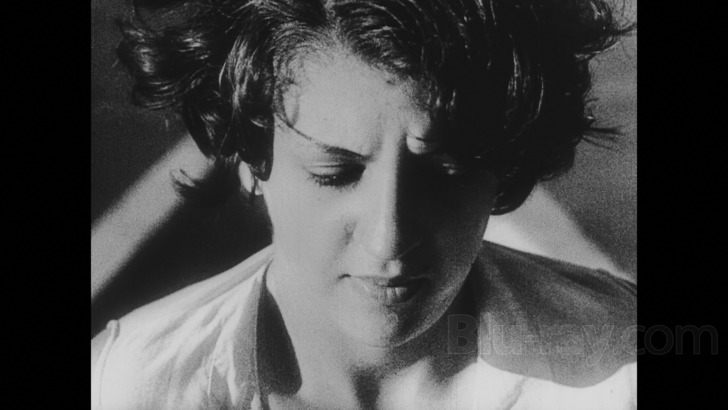
Limite is presented on Blu-ray courtesy of The Criterion Collection with an AVC encoded 1080p transfer in 1.33:1. As with all of the films in this set, there are some preliminary text cards describing the restorations, including some information which is also repeated in the insert booklet. The following is from the insert booklet, and omits some more generalized comments about The Film Foundation's World Cinema Project, and other collaborators:
Limite is presented in its original aspect ratio of 1.33:1. This digital transfer was made in 2K resolution by the Cinemateca Brasileira from a duplicate positive and a duplicate negative provided by the Cinemateca. The decomposing 35 mm nitrate original camera negative was copied onto a cellulose acetate based film negative and discarded in the 1970s. The gramophone recordings that had provided the original musical accompaniment were used as reference materials during the mixing of the soundtrack. Acknowledgements to all institutions and individuals who, at different times, cooperated in the preservation of Limite, with special thanks to the Mario Peixoto Archives, Embrafilme, Adriano Campos, Carlos Augusto Machado Calil, Patricia de Filippi, Ruy Solberg, Saulo Pereira de Mello, Carlos Magalhaes, and Walter Salles. Restoration was completed in October 2010.Limite's historical importance may help cineastes to look past what is arguably the most significantly damaged transfer in this volume of the World Cinema Project. A lot of this presentation is gritty enough that some may feel it more resembles a 16 mm source than a 35 mm one, but that said, while grain is very heavy almost all of the time, it still resolves rather organically, all things considered. However, the difference in clarity and especially contrast between what I'm assuming are the dupe positive and dupe negative elements are very apparent, leading to a pretty heterogeneous appearance. A surplus of effects like superimposed imagery and a lot of optical dissolves also tend to introduce "baked in" elements like dirt and debris. There's also some very bad emulsion damage that shows up, at some points obliterating both sides of the frame (you can see just a smidgeon of it in screenshot 15, and that's not even as bad as it gets). As can also be spotted in many of the screenshots accompanying this review, the transfer is littered with scratches and other damage.
Limite Blu-ray Movie, Audio Quality 
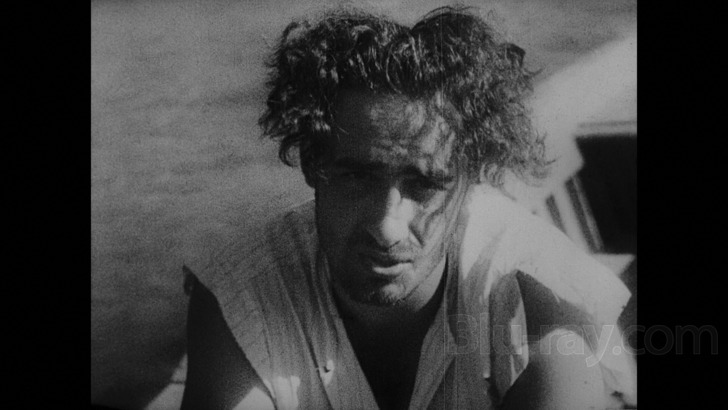
Limite is a silent film, though I'm assuming the soundtrack of classical pieces (some very interesting choices) was part of the film's original theatrical exhibition, especially considering the fact that the track on this presentation is obviously culled from aged, and at times damaged, sources. There's abundant hiss throughout the presentation, but there are also occasional pops, cracks and even skips that I'd liken to listening to an old, and possibly badly scratched, long playing record album. Within the context of "historical recordings", things sound decent if not optimal.
Limite Blu-ray Movie, Special Features and Extras 
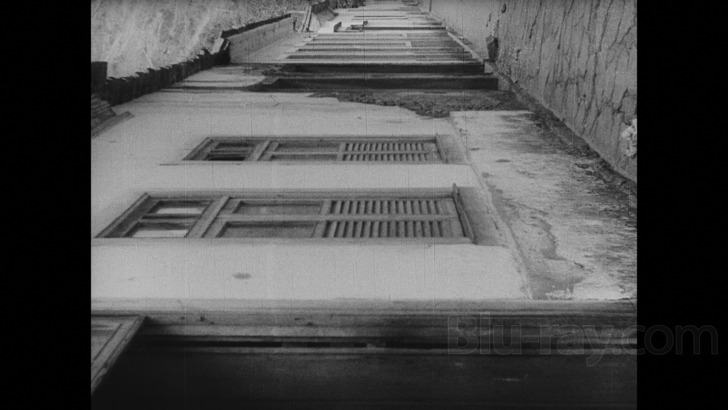
- Martin Scorsese Introduction (1080p; 1:55)
- Walter Salles (1080p; 14:12) is a 2017 interview with the founder of the Mario Peixoto Archives. In English.
Limite Blu-ray Movie, Overall Score and Recommendation 
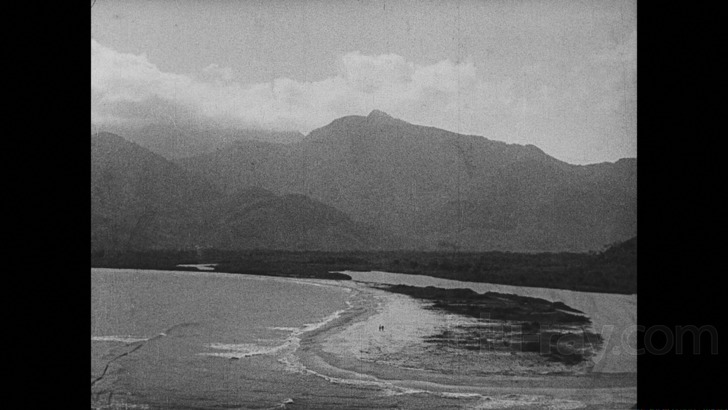
Limite is unlike anything I've ever seen, and my hunch is even those with deep and abiding interest in world cinema will find this a bracing viewing experience. I'm frankly not sure what any of it "means" in the traditional sense, but the weird, almost psychedelic, combination of images and classical music in this piece is unforgettable. While technical merits are proscribed by some pretty significant limitations of the source material, Limite should be seen by any fan of Brazilian cinema in particular, and therefore comes Recommended.
Similar titles
Similar titles you might also like
(Still not reliable for this title)

Law of the Border
Hudutlarin Kanunu
1966

Taipei Story
青梅竹馬 / Qing mei zhu ma
1985

Insiang
1976

Revenge
Mest / The Red Flute
1989

Mysterious Object at Noon
ดอกฟ้าในมือมาร / Dokfa nai meuman
2000

A River Called Titas
Titash Ekti Nadir Naam
1973

Redes
1936

Touki Bouki
1973

Dry Summer
Susuz Yaz
1963

Soleil Ô
Oh, Sun
1967

After the Curfew
Lewat Djam Malam
1954

Downpour
رگبار / Ragbar
1972

Dos Monjes
Two Monks
1934

The Housemaid
하녀 / Hanyo
1960

Lucía
1968

Summer with Monika
Sommaren med Monika | Original Uncut version
1953

Summer Interlude
Sommarlek
1951

Crisis
Kris
1946

Saraband
2003

Variety Lights
Luci del varietà
1950